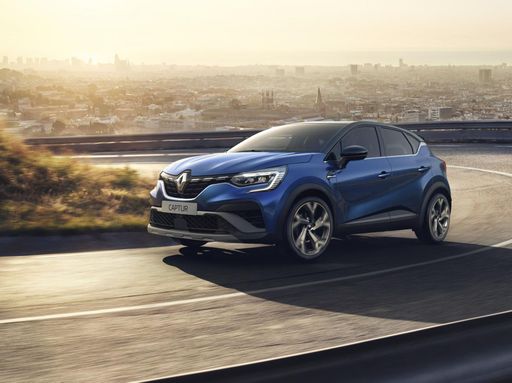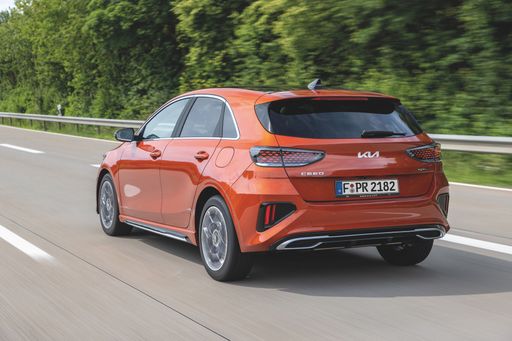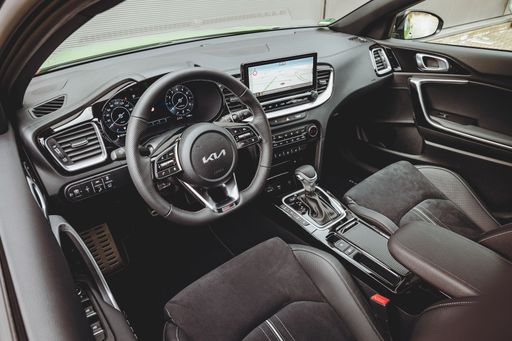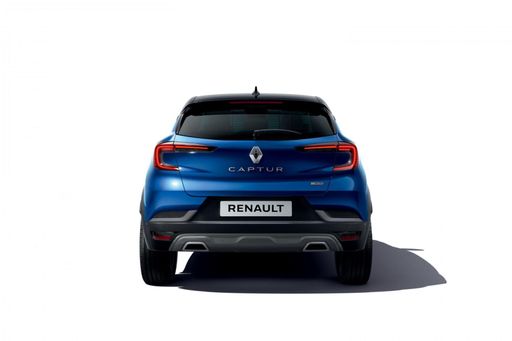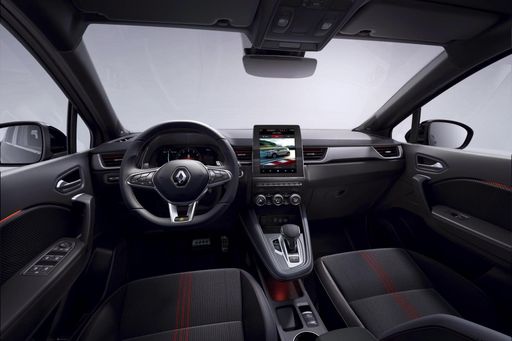Kia Ceed vs Renault Captur: Battle of the 2024 Compact Titans
In the competitive terrain of compact cars, the Kia Ceed and the Renault Captur emerge as frontrunners bursting with innovations and unique features. Both 2024 models, these vehicles cater to diverse preferences, combining practicality with modernity. Let's delve into a technical comparison of these compelling contenders.

